Understanding Optical Glass Tempering: Its Significance and Applications
Created at : Sep 12 2023
Optical glass tempering is a specialized process employed in the manufacturing of optical components and lenses. It is a critical step that enhances the durability, strength, and overall performance of glass materials used in various applications such as eyewear, camera lenses, microscopes, and other optical devices.
What is Optical Glass Tempering?
Optical glass tempering, also known as chemical or thermal tempering, is a heat treatment process applied to glass materials to increase their strength and resistance to breakage. Unlike standard glass, tempered glass undergoes controlled heating and rapid cooling, which alters its internal structure and physical properties. This results in a material that is significantly stronger and more durable than regular glass.
The Tempering Process:
- Heating: The first step in the tempering process involves heating the glass to a high temperature, usually above its softening point but below its melting point. The exact temperature and duration depend on the type and thickness of the glass.
- Quenching: After heating, the glass is rapidly cooled by blowing air or a similar cooling agent onto its surface. This process is called quenching or cooling.
- Balancing: In some cases, the tempered glass may undergo further heating and cooling cycles to achieve the desired balance of strength and optical quality.
The Science Behind Tempering:
Optical glass tempering works by inducing compressive stress on the glass surface and increasing its strength while maintaining its transparency. During heating, the glass becomes soft and expands. When it's rapidly cooled during quenching, the outer layers cool and contract more quickly than the inner layers, creating compressive stress on the surface. This stress counteracts tensile stress, making the glass significantly more resistant to breaking upon impact.
Why Optical Glass Tempering is Necessary:
- Enhanced Strength: Tempering increases the strength of glass by several times, making it more resistant to physical impacts and bending forces. This is crucial for optical components, as they are often exposed to harsh environmental conditions and potential mishandling.
- Safety: When tempered glass does break, it shatters into small, relatively harmless pieces rather than sharp, dangerous shards. This property is particularly important for applications like eyeglasses, where safety is paramount.
- Optical Quality: Tempering maintains the optical quality of glass, ensuring that it remains clear and free from distortions or blemishes. This is essential for optical devices where precision is critical.
- Durability: Tempered glass is less susceptible to scratches and surface damage, increasing the lifespan of optical components.
Applications of Optical Glass Tempering:
- Eyeglasses: Tempered glass lenses in eyeglasses provide wearers with durable and safe vision correction.
- Camera Lenses: Camera lenses benefit from increased durability and optical quality, resulting in sharper and more reliable image capture.
- Microscopes: High-quality microscope lenses require tempered glass to maintain clarity and precision in magnification.
- Astronomy: Telescopes and observatory instruments use tempered glass to ensure accurate and clear observations.
Conclusion:
Optical glass tempering is a vital process in the manufacturing of optical components and lenses. It enhances the strength, safety, and optical quality of glass, making it indispensable for various applications. Whether you're wearing eyeglasses, capturing stunning photographs, or conducting scientific research, optical glass tempering plays a crucial role in ensuring the reliability and performance of optical devices in your everyday life. Contact Sterling Precision for more information regarding optical glass tempering: we're here to help!

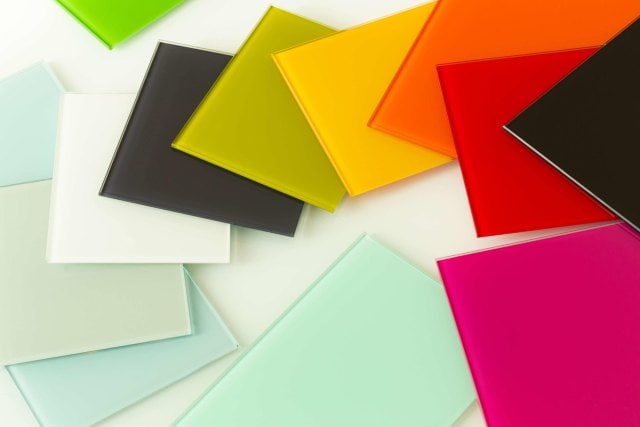 CUSTOM OPTICAL FILTERS
CUSTOM OPTICAL FILTERS
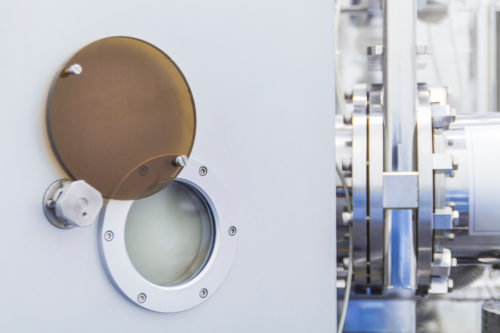 OPTICAL WINDOWS
OPTICAL WINDOWS
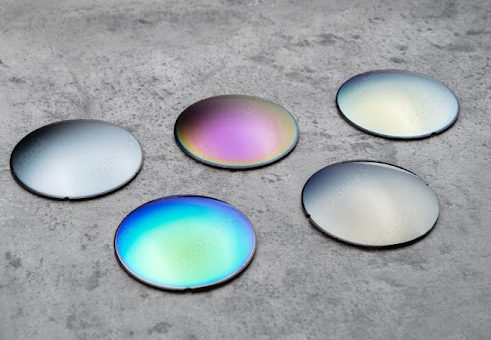 OPTICAL COATINGS
OPTICAL COATINGS
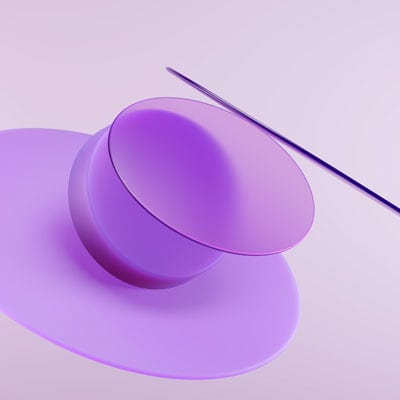 UV OPTICS
UV OPTICS
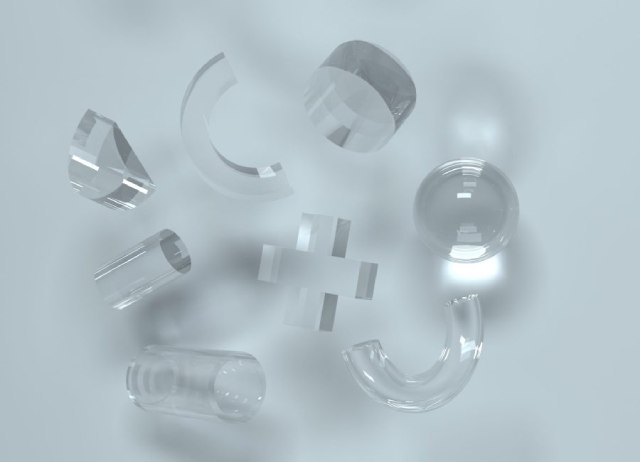 CYLINDRICAL OPTICS
CYLINDRICAL OPTICS
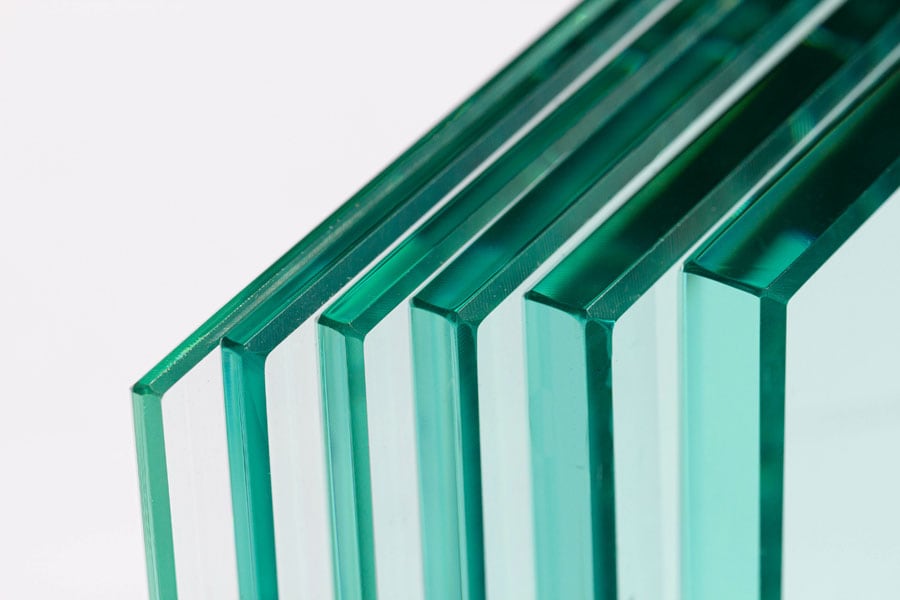 CUSTOM TEMPERED OPTICS
CUSTOM TEMPERED OPTICS
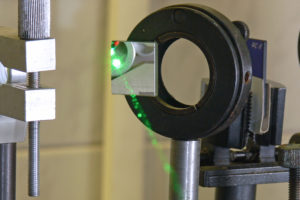 OPTICAL MIRRORS
OPTICAL MIRRORS
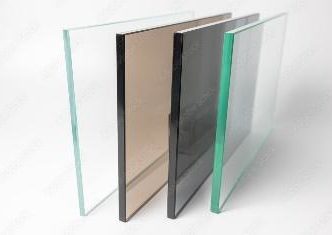 NEUTRAL DENSITY
NEUTRAL DENSITY
 PRISMS & RETROREFLECTORS
PRISMS & RETROREFLECTORS
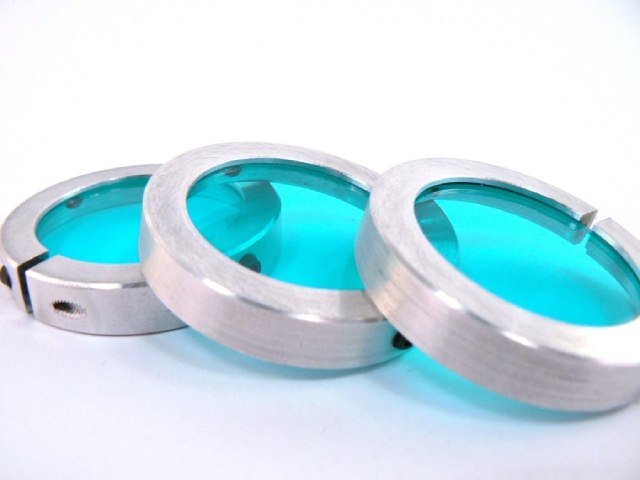 ASSEMBLIES
ASSEMBLIES
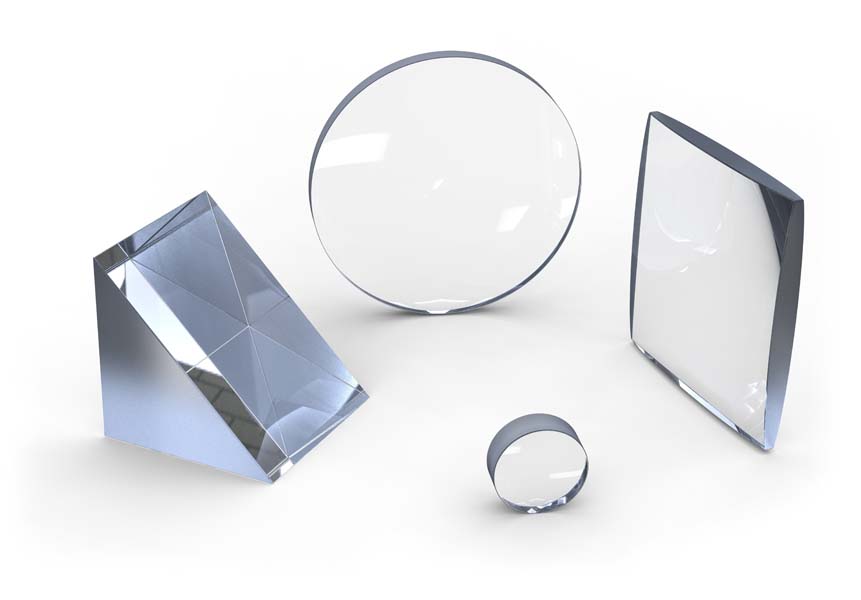 OPTICAL LENSES
OPTICAL LENSES
 NIGHT VISION FILTERS
NIGHT VISION FILTERS
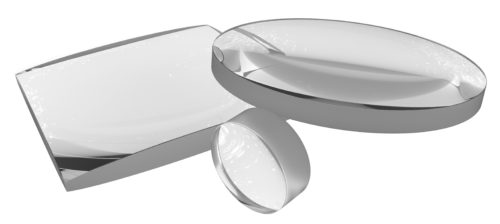 ACHROMATIC LENSES
ACHROMATIC LENSES
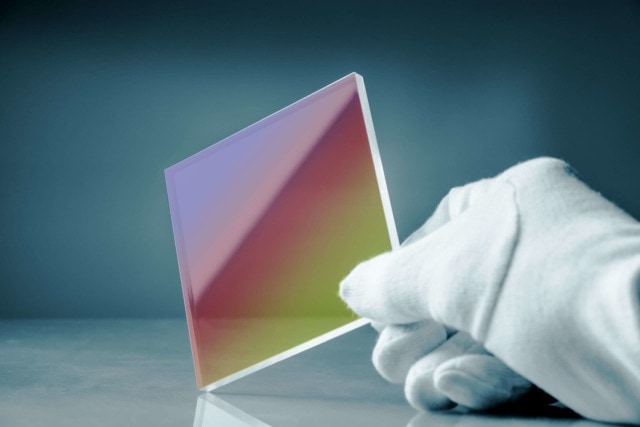 OPTICAL BEAM SPLITTERS
OPTICAL BEAM SPLITTERS
